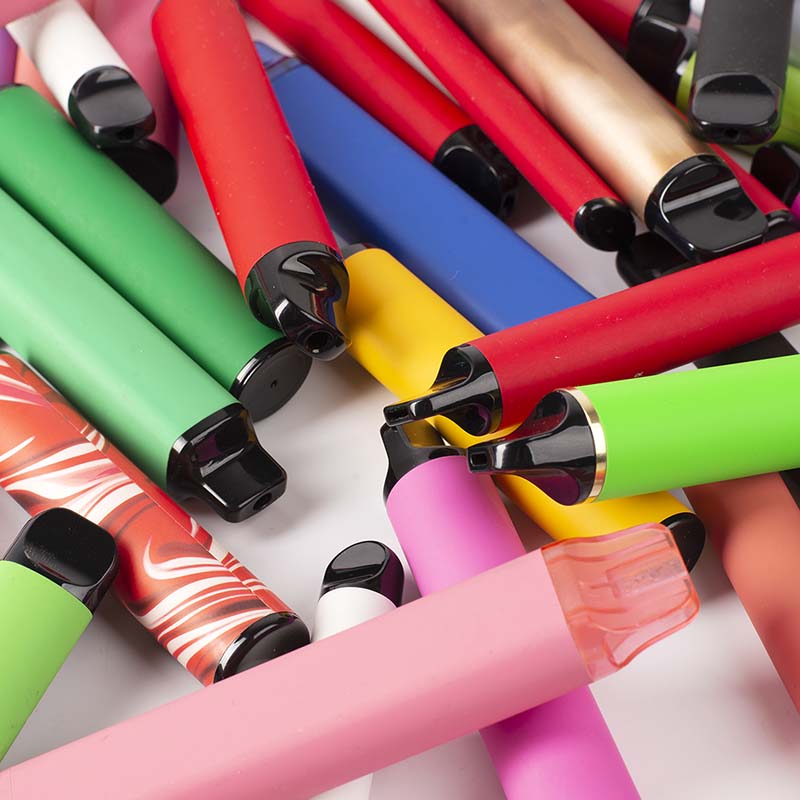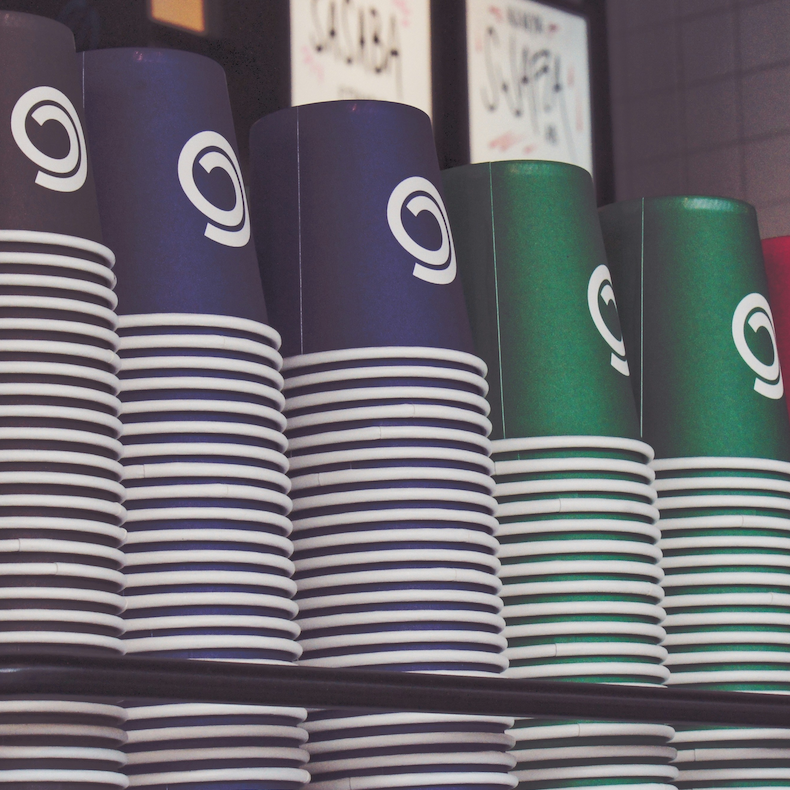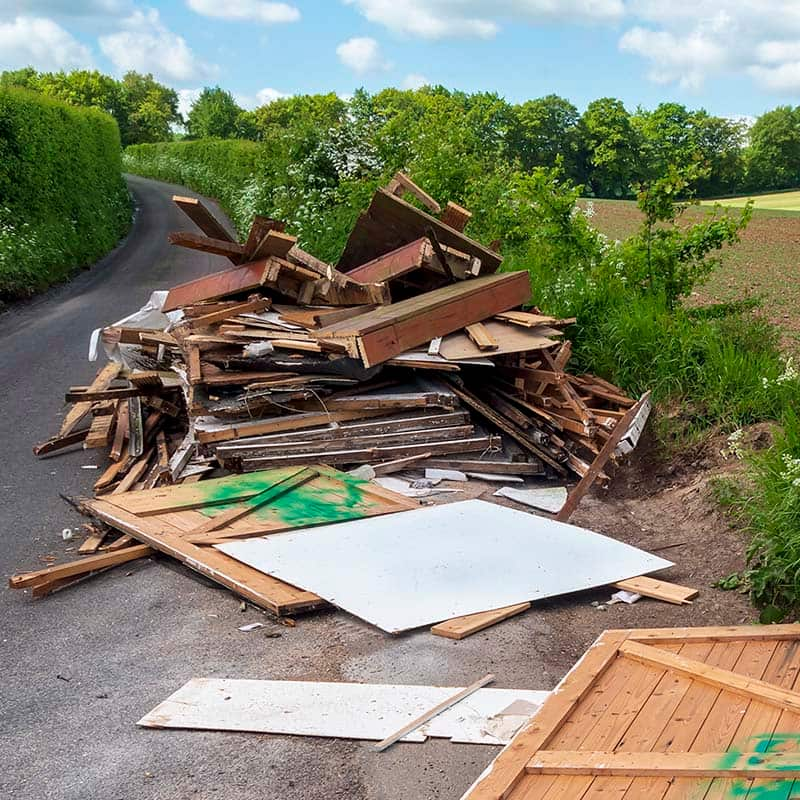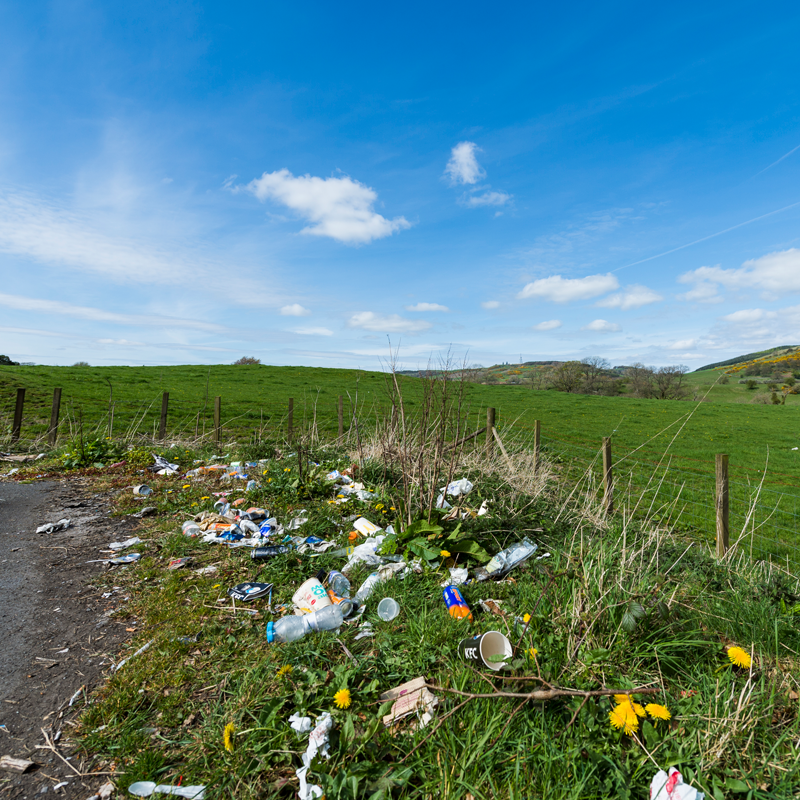
Some of the best litter prevention campaigns from around the world
A finely-tuned litter prevention campaign gets people talking.
It tackles the challenge of changing behaviour, and brings communities together to do good. Get it right, and a campaign can also become a vehicle for long-term sustainable change.
We’ve picked some of the best campaigns from around the world, including our own Scotland is Stunning campaign – they’re here to inspire you, and to help you engage effectively with your communities.
Ballot Bins
Who: Hubbub Foundation
Where: Edinburgh and London
Littering is often an unconscious act. The best campaigns make people stop, and think.
In Edinburgh and London, Hubbub installed double-slot ‘ballot’ bins for general waste and cigarette butts. The bins gave people the chance to vote with their rubbish. Light-hearted questions kept them engaged. Messi or Ronaldo? Begbie or Renton? Batman or Superman? Just pop your litter in the slot to register your vote.
The Edinburgh campaign enjoyed a lot of exposure – four out of five people interviewed associated the campaign with litter. And 90% of business owners and workers in the area were aware of it.
In London, the campaign focused on one busy street. Here’s what they found:
- Cigarette butt littering was reduced by 8% during the campaign, at one point dipping by 18%
- Ballot bins collected 29% of a street’s correctly disposed-of waste
- Voting-by-bin went viral on social media
- The campaign buzz drew 80 enquiries asking to use ballot bins in other areas.
Why does it work?
Most bins are designed to blend in. The ballot bins work because they stand out – thanks to brightly coloured wraps. More than that, the campaign achieved something that’s hard to do: make it fun to use bins.

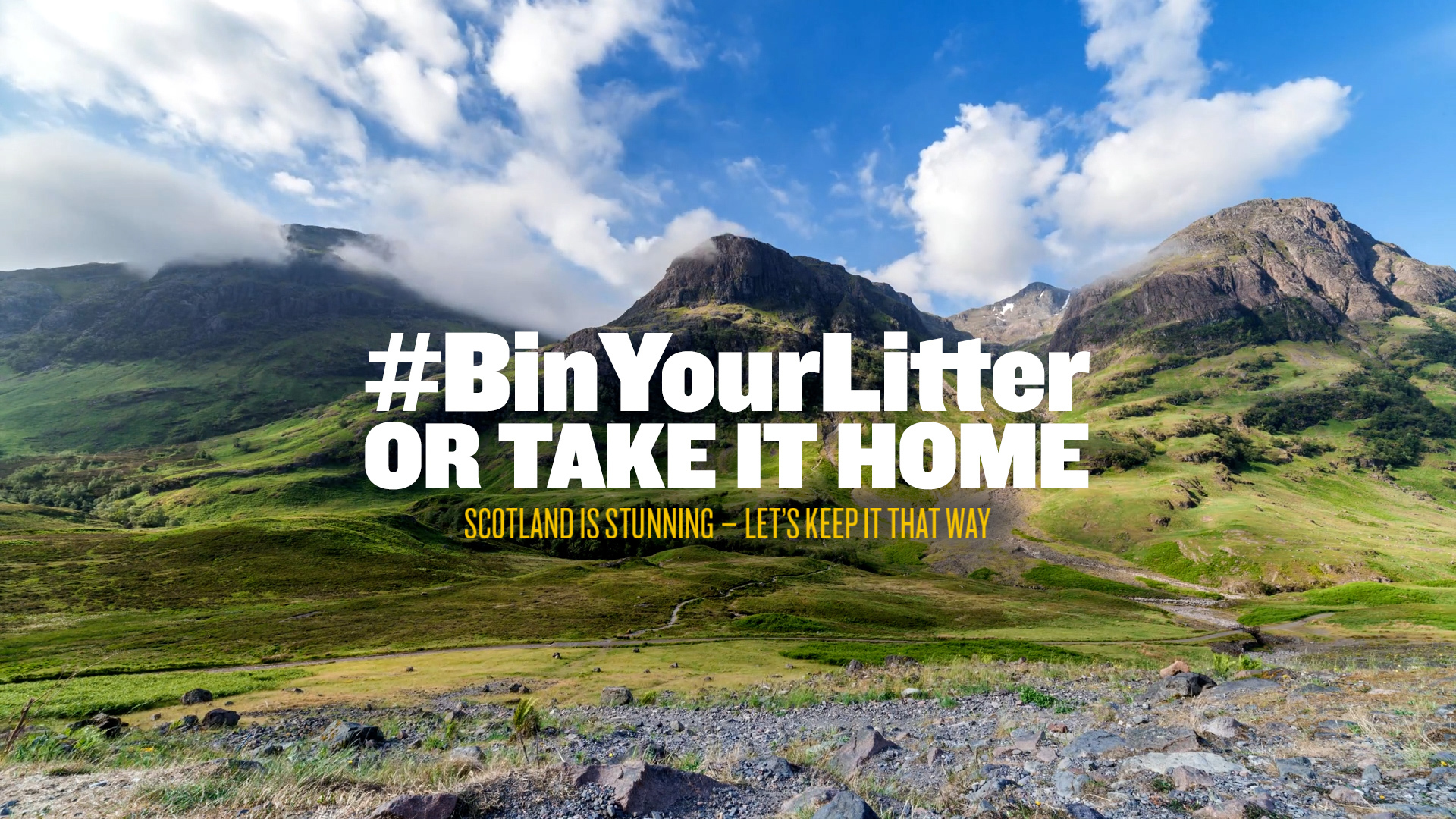
Scotland is Stunning – Let’s Keep it that Way
Who: Zero Waste Scotland
Where: Scotland
The award-winning Scotland is Stunning – Let’s Keep it that Way campaign tackled an unexpected challenge of the coronavirus pandemic.
After months of lockdown, restrictions began to ease in July 2020, coinciding with the reopening of Scottish tourism. A rise in day trips and staycations saw an alarming increase in littering - parks were overtaken by face coverings and food packaging; bins were overflowing with rubbish beside them and beauty spots overtaken by waste as people socialised.
Restrictions saw us appreciating the positive impact lockdown had on the planet, people were back out and littering rates became the worst they had been in years. Zero Waste Scotland - in partnership with the Scottish Government and Keep Scotland Beautiful – decided to act.
The messaging was crafted to inspire positive reinforcement, repeating the term ‘our’ throughout, to cement the sense of collective responsibility and pride for our public spaces. The campaign was careful not to antagonise the audience by evoking a sense of guilt or shame.
Scotland is Stunning reset Scots’ appreciation for outdoor spaces and influence them not to litter. The campaign used different context imagery including parks, lochs, beaches and hillsides, it was aspirational and uplifting, emphasising Scotland’s beauty and encouraging people to make positive choices about their waste. By focusing on the beauty we can enjoy by doing our bit, rather than the litter itself or the action, we celebrated the majesty of Scotland’s spaces, leading to people’s excitement to get back out there. By focusing on the impact rather than the problem, we instilled a sense of positive connection to the environment around us, thus inspiring audiences to make the right choices.
Why does it work?
The campaign achieved recognition, support and buy-in from a plethora of organisations, communities, political parties and partners including transport and tourism bodies - many reported seeing a reduction in littering levels during the campaign. It achieved the ambition to reset Scots’ appreciation for our outdoor spaces and influence them not to litter.
Part of the progress towards tackling the littering issue was to reinvigorate people’s feeling of positivity about our environment so that in the right moments they’d make smarter decisions about littering. A post-campaign survey of partners validates that Scotland is stunning absolutely achieved this.
Don’t Mess with Texas
Who: Texas Department of Transportation
Where: Texas, USA
This far-reaching campaign was designed to address a host of related issues – including litter prevention. Decades after its launch in 1985, it has become genuinely iconic – partly thanks to endorsements from Kelly Clarkson, Eva Longoria, Meat Loaf and others.
But it’s not all about glitz and glamour. Results show that the campaign has played a significant role in communicating a long-term litter prevention message. The campaign’s 2013 report found that:
98% of Texas residents are familiar with the slogan
There had been a 34% reduction in visible roadside litter since 2009
Why does it work?
Don’t Mess with Texas speaks to local people in a way they can instantly connect with. It appeals to their pride in their local community, helps them to ‘own’ the campaign and be proud of their achievements.


Love Essex
Who: Cleaner Essex Group
Where: Essex
£17 million – that was the annual cost of dealing with litter in Essex. Surely local taxpayers would rather help prevent litter in the first place, and spend money on other essential services instead?
The Love Essex campaign united the whole community to tackle the litter problem.
All district and borough councils backed Love Essex, as well as Essex County Council, McDonald’s, KFC, Dominos, and around 300 local businesses. It was also supported by the Highways Agency and Keep Britain Tidy.
How did it work? By combining education with enforcement warnings. Messages highlighting the risk of a fine for littering were displayed on posters, buses, fast-food packaging, and promoted on social media.
There were also regular litter-picks with local businesses and councils, highlighting the extent of the problem. A single clean-up along a six mile stretch of the A120 collected 120 tonnes of litter.
More importantly, the Love Essex message got results.
In its third year, from August to October 2016, Keep Britain Tidy reported a two-fifths reduction in fast-food litter and a 41% reduction in litter overall.
Why does it work?
Teamwork. Great campaigns never happen in isolation. Love Essex coordinated multiple stakeholders – it felt like the litter prevention message was everywhere.
Thanks to the support of businesses, authorities, and the local community it has become increasingly difficult for litterers in Essex to get away with their actions. The behaviour change was boosted by hard-hitting messaging about fines. Love Essex made it very clear that litter was not welcome.
Bin it for Good
Who: Birmingham City Council and Keep Britain Tidy
Where: Birmingham
Why stop at one good deed? This campaign helped keep the streets of Birmingham clean – and at the same time raised money for local charities.
Birmingham was one of seven areas which took part in this three-month scheme. The idea: turn litter bins into charity collection tins. The more litter in the bin, the more money raised for the charity.
People like to do the right thing when it’s made easy for them. The results prove it:
8.9% more waste deposited in the charity bins
A 30% littering reduction in the streets with charity bins
Why does it work?
This campaign taps into people’s altruistic tendencies. We all feel good when we do the right thing – especially when it doesn’t take much effort.
The campaign also recognises that the wider consequences of litter aren’t always obvious. However, raising money for a good cause is easy to understand. And once the positive behaviour becomes a habit, it’s easy to see the potential for long-term change.

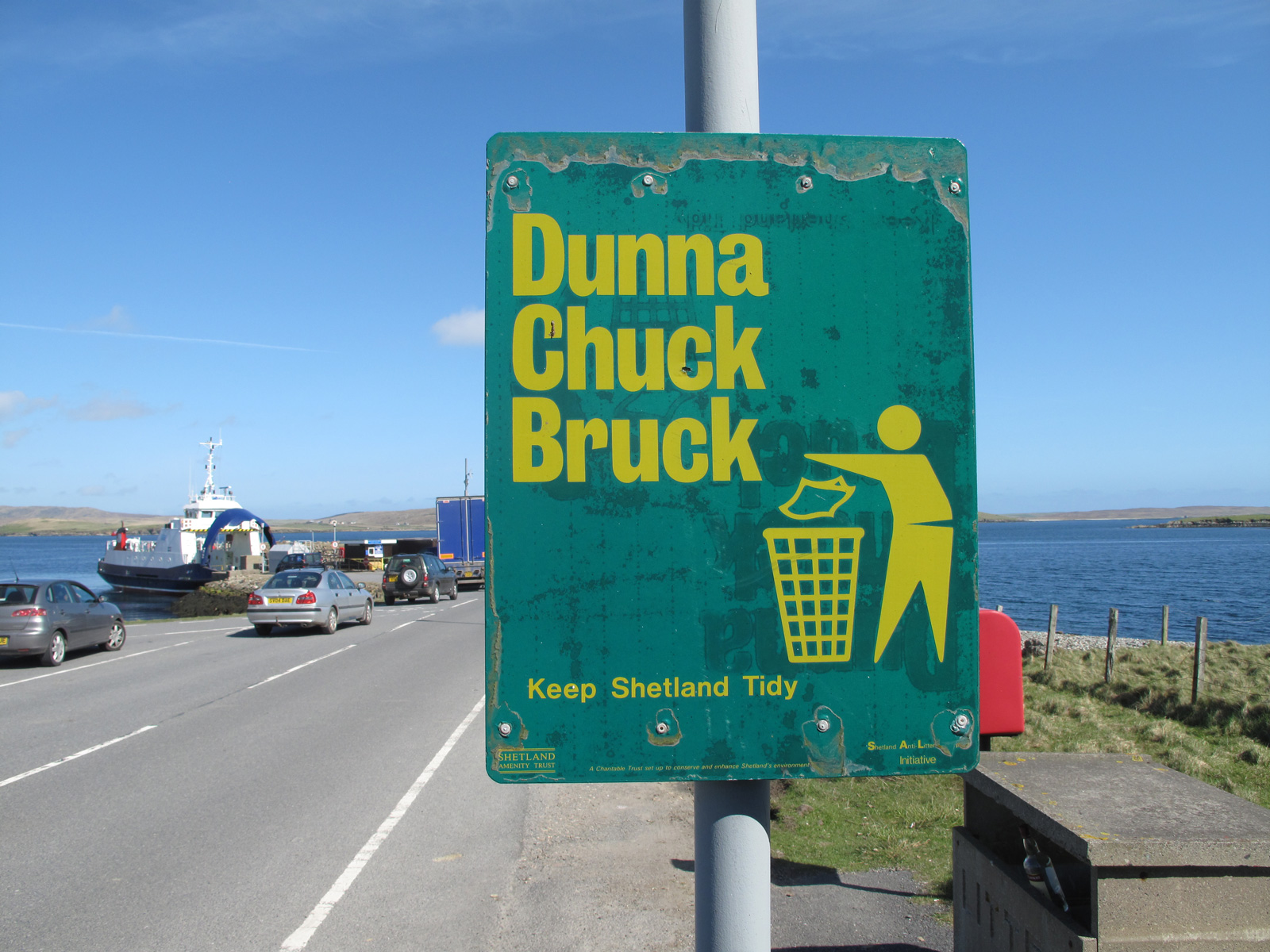
Dunna Chuck Bruck
Who: Shetland Amenity Trust
Where: Shetland
Litter prevention campaigns may come and go – but Dunna Chuck Bruck has been around since 1986. If anything, it’s even more relevant today than its ever been.
Originally launched to tackle agricultural scrap and rubbish washed up on the island’s shores, it has evolved into a much broader litter prevention and environmental campaign.
There’s lots of clean-up activity, but there’s a bigger emphasis on engaging the local community and educating people on the issues. In other words, it’s about promoting long-term litter prevention.
Youth groups and schools get involved in the Dunna Chuck Bruck challenge – an opportunity for them to run their own projects. By bringing young people into the campaign, future generations of Shetlanders will hopefully be just as committed to litter prevention as their predecessors.
Why does it work?
Dunna Chuck Bruck’s long-running success can be summed up in one word: change. As time goes on, organisers and participants have adapted to the islanders’ evolving needs around litter prevention.
The campaign also puts the needs of the community first. This won real support, local investment, and has everyone working towards the same goals.
Leithers Don’t Litter
Who: Gerry and Zsuzsa Farrell
Where: Leith
Leithers Don’t Litter is what happens when two leading advertising professionals – and Leith residents – decide to do something about their area’s litter problem.
Since 2015, Leithers Don’t Litter has gone from strength to strength, engaging the local community and making a real difference.
Their ‘Crapitalism: A Rubbish Exhibition’ received wide media coverage. Using creative twists on advertising slogans, it highlighted how big-brand packaging often becomes litter. Their message: brands could be doing more to reduce the impact of their packaging on the environment.
Leithers Don’t Litter also works closely with the community, including regular litter picks and awareness sessions with schools and youth groups. This was about building a litter prevention message from the ground up.
They’ve also partnered with local businesses, as well as posting educational stickers and posters in the area. Another success is their pilot ‘adopt a street’ campaign. This allows local people to take responsibility for clearing up their streets, and to shape long-term litter prevention.
Why does it work?
The campaign balances immediate action with education. But perhaps more importantly, it employs creativity to pull in press and social media coverage – drawing attention to the extent of the litter problem in Leith and across Scotland.
Their work helps to energise the community and bring about immediate change. They’ve worked with local residents, businesses and other groups – helping attract the attention of bigger organisations with the resources and power to help.
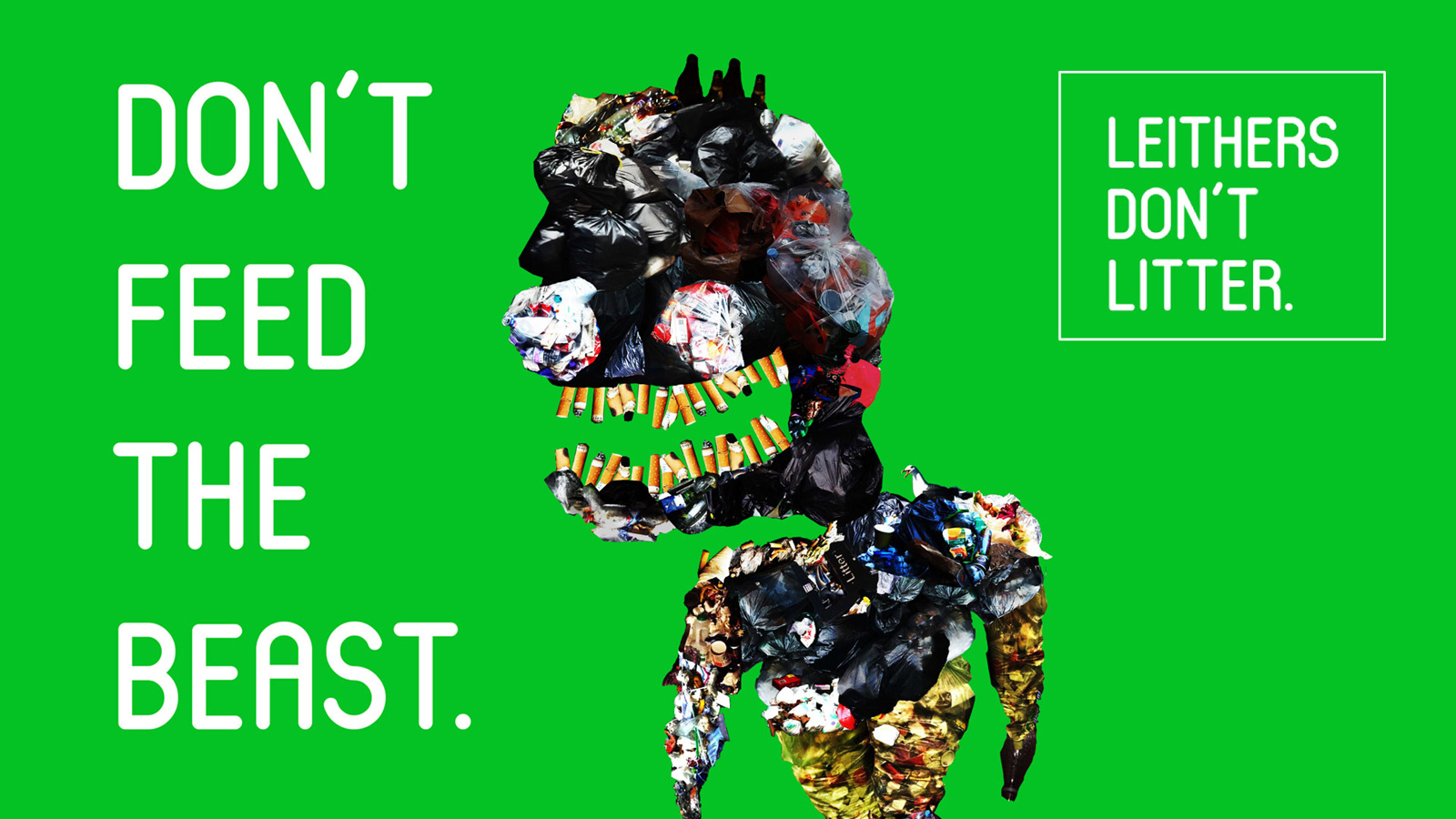
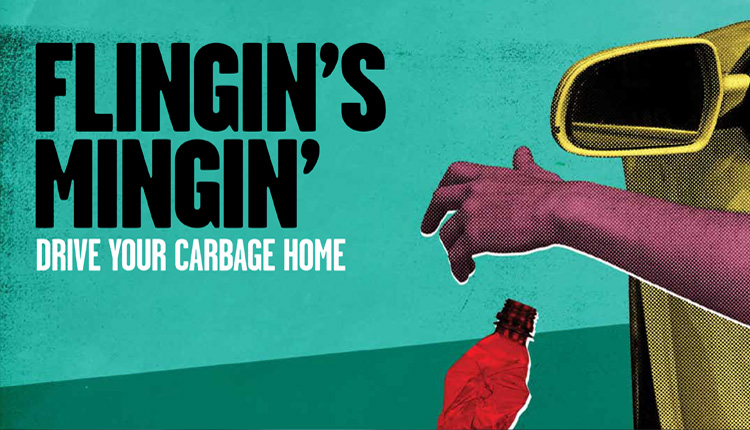
Flingin’s Mingin’
Who: Zero Waste Scotland and the Transport Litter Group
Where: Across Scotland
This week-long countrywide campaign in 2013 focused on deterring people from throwing rubbish from their vehicle windows. The key message: ‘Drive your rubbish home’.
This wide-reaching campaign used posters, social media, press events, and much more to spread the ‘Flingin’s Mingin’ message. It was hard to miss.
Support for the campaign came from a number of organisations including ScotRail, Transport Scotland, McDonald’s, local authorities and local businesses.
Although largely a prevention campaign, there was also a litter pick element. 400 bags of litter were collected during the week.
Why does it work?
This campaign made an instant connection with the target audience, using language that’s instantly recognised by Scots. The informal language also means that people view Flinging’s Mingin’ as a grassroots movement for good, not a public information campaign.
What’s in a name?
The best campaigns have distinctive names. Coincidence? Hardly. A good name is memorable, meaningful, and forms a rock-solid connection with its target audience. Is your name working as hard as it could?
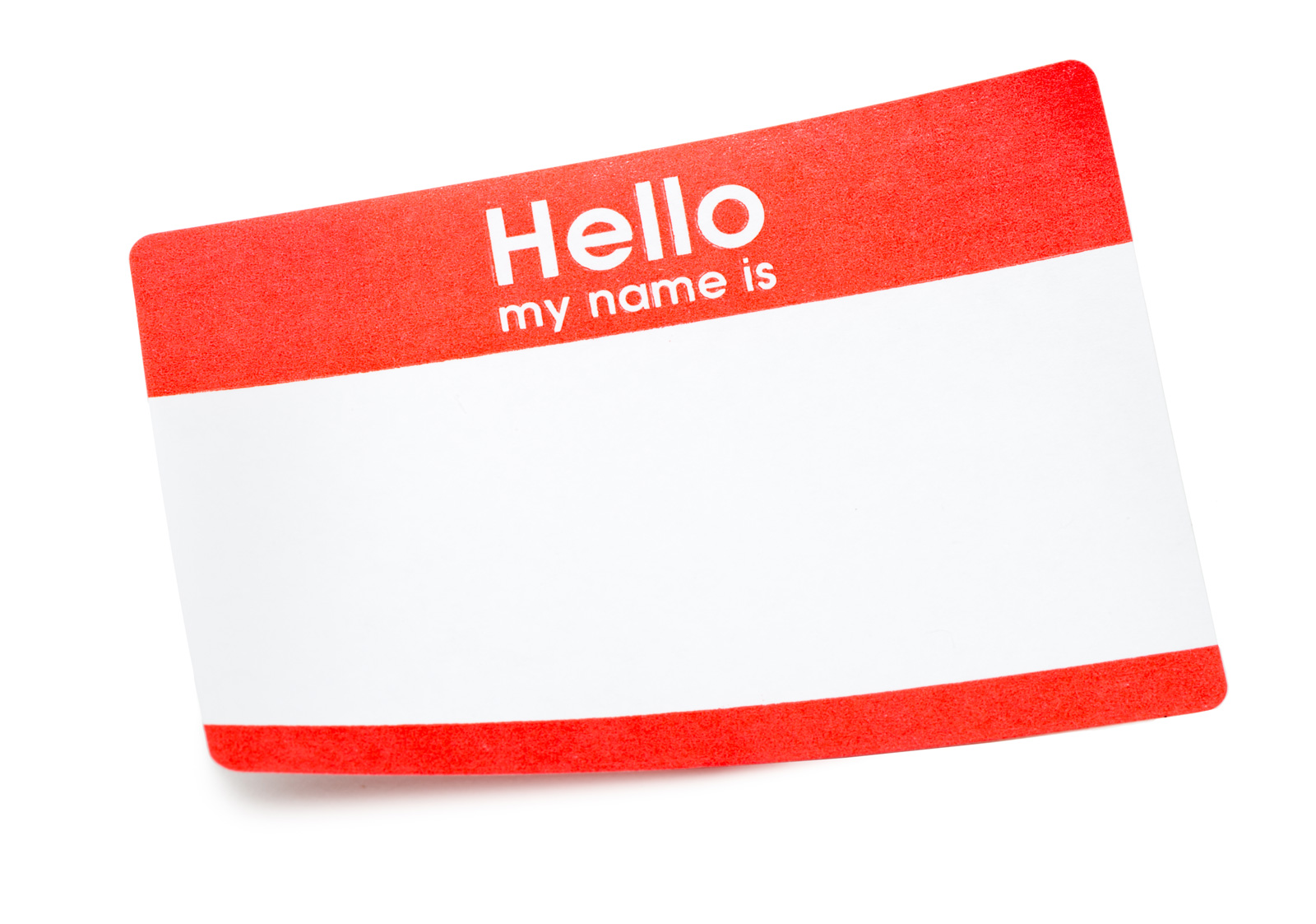
What makes it memorable?
What makes a name unforgettable? It might be catchy (try some awesome alliteration), it could be funny (shock tactics can also work well), or maybe it’s just plain unusual (as long as it makes sense).
What gives it meaning?
Do people immediately ‘get’ the name? Or are they left scratching their heads? Keep your name simple and easy to understand. Using the word ‘litter’ (or a local alternative) is a pretty good start.
Forming that connection
Be friendly, not dictatorial. Speak to people in everyday language they’ll understand. Local language and place names can be a good way to form an instant connection.
What works?
Some common themes unite the very best names:
- Root it in a place – for a local or regional campaign, put the place in the name. This tells your audience that the campaign is for them, and taps into civic pride.
- Humour can help – we tend to remember campaigns that deliver a chuckle, especially when it uses our own language.
- Alliteration works – rhyming names are easy to remember.
Leithers Don’t Litter
Groups like Leithers Don’t Litter are using creativity to get their message out and make a difference in their local area. This approach can play a huge part in connecting with your audience and changing the hearts and minds of communities. With Zero Waste Scotland’s litter prevention communications toolkit, you can access a wide range of engaging materials that you can use in your campaigns.


